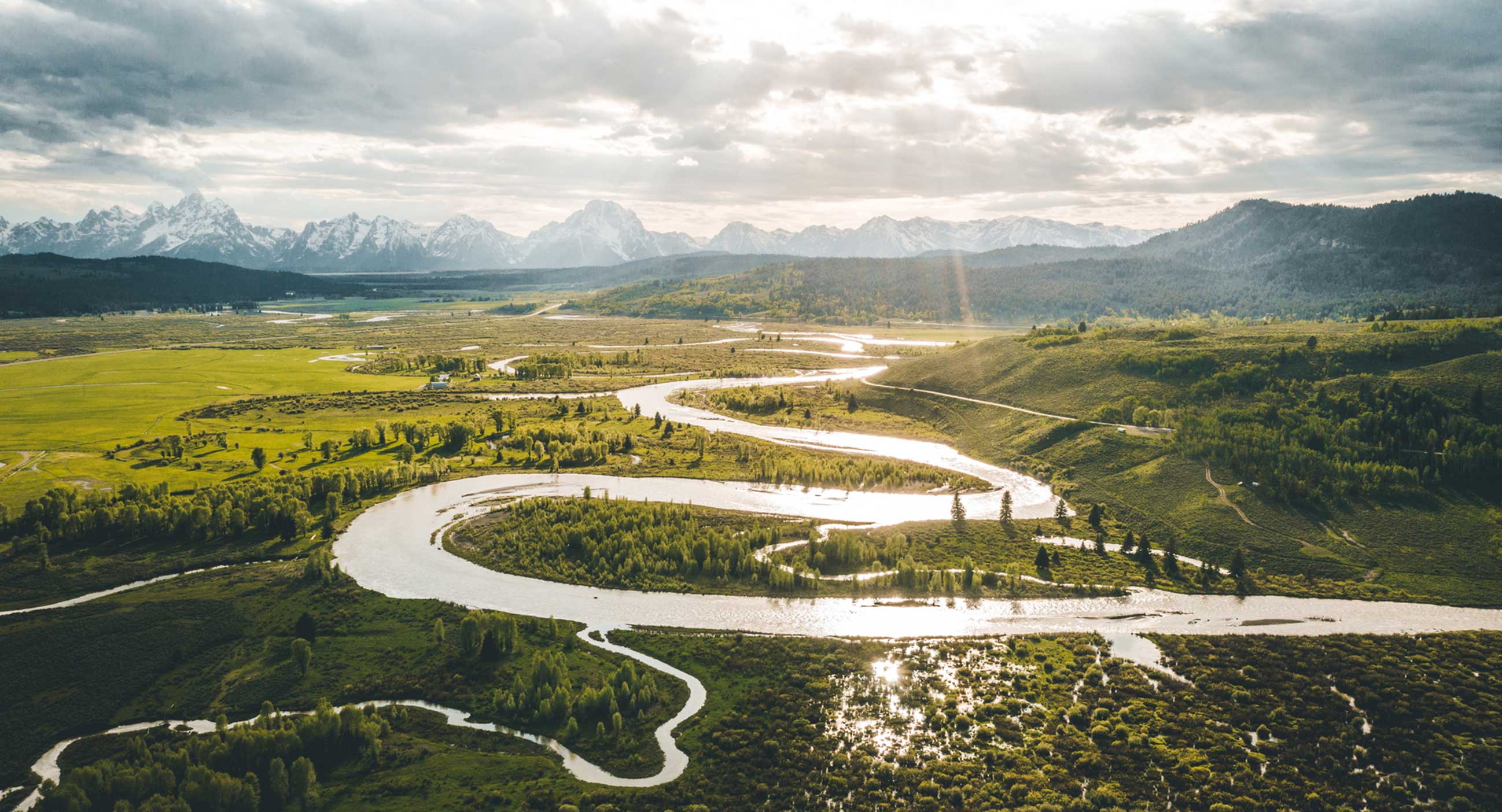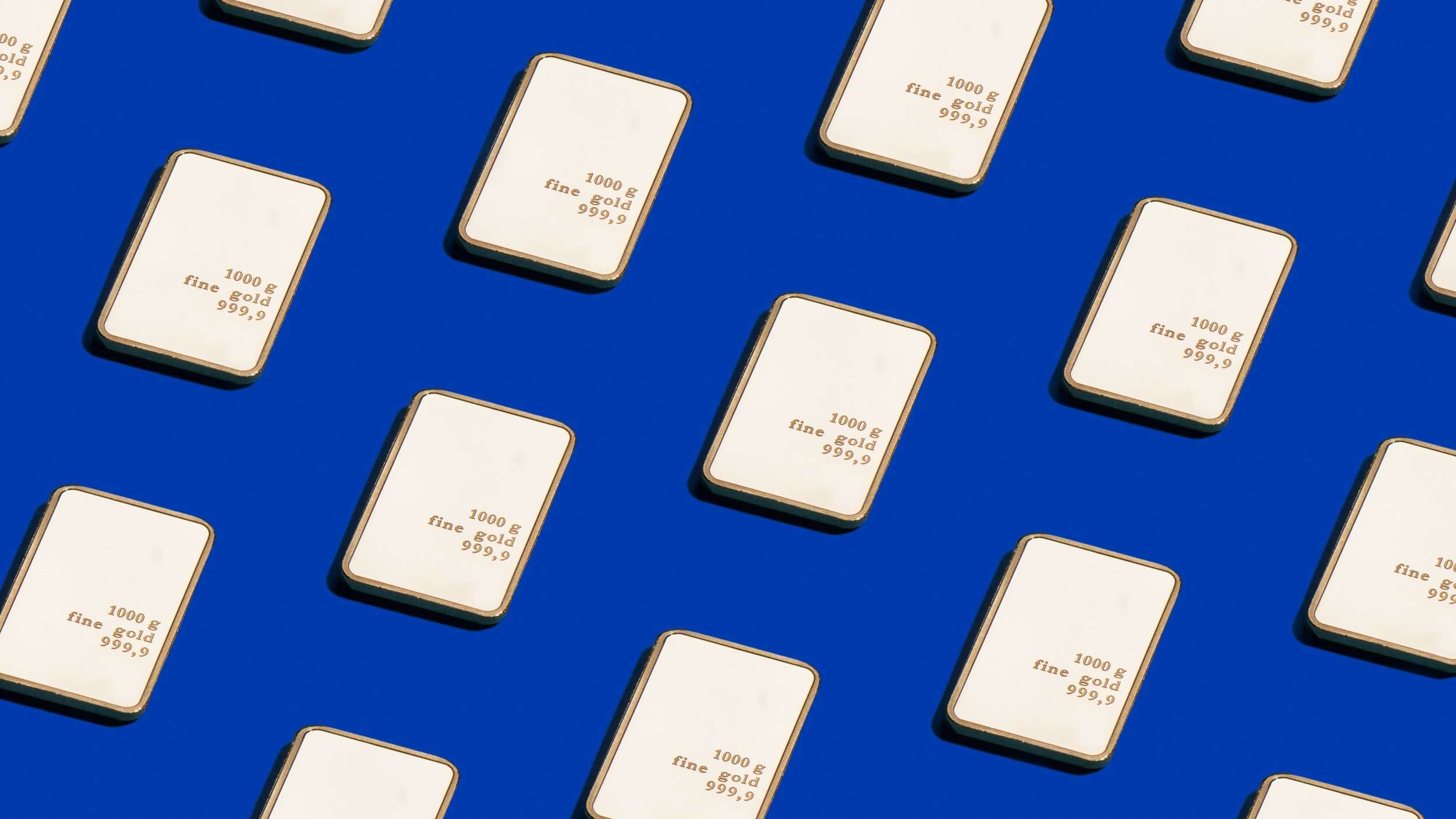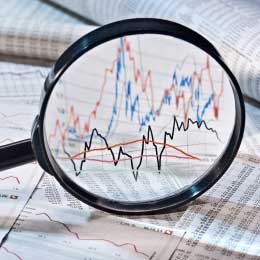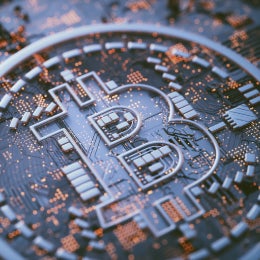
The strategic advantage of AAA-rated CLO Notes
Invesco Private Credit’s Kevin Petrovcik discusses new developments for AAA-rated Collateralised Loan Obligation (CLO) note investments and their potential advantages.
As one of the world’s largest ETF providers with over US$756 billion1 globally in ETF assets under management, we’ve been dedicated to ETF investing since 2003.
We offer over 140 EMEA ETFs spanning regions and strategies across equities, fixed income and commodities.
Our culture of innovation lets us find new opportunities for investors, as well as ways to improve the performance of core ETF exposures.
Our ETF range includes some of the lowest-cost products on the market tracking major equity, fixed income and commodity benchmarks, including those providing access to innovative strategies and more specialist market segments, some not available from any other ETF issuer.








Buying and selling Invesco products is as straightforward as buying and selling ordinary stocks and shares.

The strategic advantage of AAA-rated CLO Notes
Invesco Private Credit’s Kevin Petrovcik discusses new developments for AAA-rated Collateralised Loan Obligation (CLO) note investments and their potential advantages.

Monthly gold update
Gold had a remarkable month, gaining 9.3% after breaking through US$3,000 and ending March at US$3,124. Economic and geopolitical uncertainty drove the gold price higher ahead of the trade tariffs scheduled to be announced on 2 April. Discover insights into the key macro events and what we think you should be keeping your eyes on in the near term.

Monthly fixed income ETF update
Bond markets struggled in March, primarily due to concerns about the potential impact of upcoming US policies. Read our latest thoughts on how fixed income markets fared during the month and what we think you should be looking out for in the near term.

Digital assets: Is the bitcoin bull run just getting started?
Five key factors suggest cryptocurrencies may continue their 2024 momentum and see positive performance in 2025.

Equal Weight: A common-sense approach
While most standard equity benchmarks weight their constituents according to market capitalisation, an equal-weighted approach can sometimes make more sense. Discover more about equal-weight and how to gain broad equity exposure without the concentration risk.
An Exchange Traded Fund (ETF) is a pooled investment vehicle with shares that can be bought and sold throughout the day on the stock exchange, in the same way that ordinary stocks and shares are traded.
Exchange Traded Commodities (ETCs) are listed debt instruments traded on a stock exchange and backed by a commodity. They are not funds or ETFs.
ETFs and mutual funds both offer diversified exposure to main asset classes and are typically UCITS funds. However, ETFs can be bought through a stockbroker or trading platform at any time during the trading day, while mutual funds are purchased via a fund management company and only once per day. ETFs are priced continuously throughout the day, providing high transparency, whereas mutual funds are priced once daily and their transparency can vary.
Benefits:
Low cost of ownership – ETFs tend to be cheaper than most other funds.
Liquidity – Creation/redemption process ensures liquidity
Ease of trading – ETFs can be traded on a stock exchange at any time, when open. May be an attractive feature for investors who are looking for more flexibility around when to buy and sell an investment.
Transparency – ETFs are very transparent and usually disclose their full list of holdings daily on the ETF provider’s website.
Index tracking – Physical and synthetic replication models may offer economic advantages
Risks:
Tracking differences: ETFs may not track an index perfectly. The difference between the fund return and index return is called ‘tracking difference’.
Capital risk: Like any investment product, the value of an ETF may go down as well as up, and you may not get back the amount invested.
You would typically buy and sell ETFs through a stockbroker or online trading platform, just like ordinary stocks and shares.
While buying and selling our ETFs is usually quite straightforward, you may wish to speak to us first especially if you have a particularly large or complex trade.
Our Capital Markets team serves as the central point of contact for both primary and secondary market activity for our European-domiciled ETFs and ETCs. They can help guide you to find the most suitable and cost-effective way to buy or switch into one of our ETFs or ETCs, based on your individual preferences. They can also provide you with a pre-trade cost analysis, free and without obligation.
There are many ways for fund managers to track the performance of an index. These ‘replication methods’ fall into two broad categories, physical and swap-based (synthetic).
Physical ETFs own the underlying stocks or bonds that comprise the benchmark index; whereas a swap-based ETF aims to deliver the index performance through a swap provided by an investment bank. A swap is a type of derivative contract where two parties agree to exchange (“swap”) one stream of flows for another.
At Invesco, we pioneered a swap-based method called “physical with swap overlay” whereby the ETF holds a basket of quality securities, which are not the same as those in the index but are expected to produce most of the returns. To reduce tracking error, the ETF has swaps often with multiple counterparties (investment banks) that pay the difference between the index return and the return of the basket of securities.
Learn more about physical and swap-based ETFs
Smart beta is a term for any rules-based strategy that uses characteristics other than just geography and market capitalisation to select and weight the securities of the index.
1 30 November 2024.
For complete information on risks, refer to the legal documents.
The value of investments and any income will fluctuate (this may partly be the result of exchange rate fluctuations) and investors may not get back the full amount invested.
Views and opinions are based on current market conditions and are subject to change. Data as at December 2024, unless otherwise stated.
This is marketing material and not financial advice. It is not intended as a recommendation to buy or sell any particular asset class, security or strategy. Regulatory requirements that require impartiality of investment/investment strategy recommendations are therefore not applicable nor are any prohibitions to trade before publication.
For information on our funds and the relevant risks, refer to the Key Information Documents/Key Investor Information Documents (local languages) and Prospectus (English, French, German), and the financial reports, available from www.invesco.eu. A summary of investor rights is available in English from www.invescomanagementcompany.ie. The management company may terminate marketing arrangements.
UCITS ETF’s units / shares purchased on the secondary market cannot usually be sold directly back to UCITS ETF. Investors must buy and sell units / shares on a secondary market with the assistance of an intermediary (e.g. a stockbroker) and may incur fees for doing so. In addition, investors may pay more than the current net asset value when buying units / shares and may receive less than the current net asset value when selling them.
RO 4092553/2024